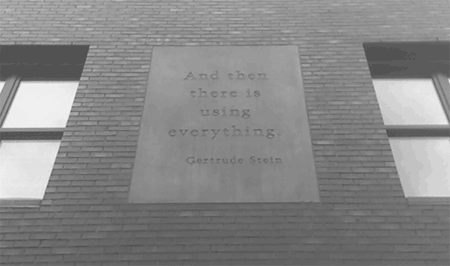“The idea that colours inhere in objects is, naive as it may seem, strengthened by evidence that, unlike objects, non-existent colours cannot be imagined. Fusions of existing colours can, as hybrid creatures can – a centaur, a mermaid – but a colour as such cannot. Imaginative combinations of colour with objects, to convey, by metaphor, a mood or special tone attaching to the object as it is felt, are commonplace. But imagination cannot, in a dream or otherwise, contrive a blue that never existed. ‘A blue such as you never saw,’ somebody might say; but that blue is only a potentiated colour, and the statement about it is tinged with hyperbole. Even colours manufactured (in the pursuit of novelty) for textiles are only invented variations on existing ones, with the hues chemically intensified or softened. So we content ourselves with combinatory codes, such as the alligator-mouth red of oilcloth on the kitchen table, the dawn-rose cheeks of a Japanese schoolgirl. Forget the self-evident dog’s tongue, stoplight, the Burgundy, the bayonet.”
(Christopher Middleton, “In the Vale of Soul-Making”, pp. 79–80 in Crypto-Topographia: Stories of Secret Places)


